Beethoven: Symphony No.8 in F Op.93 Mvt.II Allegretto - wind quintet
 Instant Download
Instant Download
Details
Description
SKU: A0.1088119
Composed by Ludwig van Beethoven. Arranged by Ray Thompson. Classical. 12 pages. RayThompsonMusic #692364. Published by RayThompsonMusic (A0.1088119).Arranged wind quintet. Horn Part in Bb basso ( same as Beethoven's )(alt Hn in F part provided) The Symphony No. 8 in F major, Op. 93 is a symphony in four movements composed by Ludwig van Beethoven in 1812. Beethoven fondly referred to it as "my little Symphony in F", distinguishing it from his Sixth Symphony, a longer work also in F.[1] The Eighth Symphony is generally light-hearted, though not lightweight, and in many places cheerfully loud, with many accented notes. Various passages in the symphony are heard by some listeners to be musical jokes. As with various other Beethoven works such as the Opus 27 piano sonatas and the later Ninth Symphony, the symphony deviates from Classical tradition in making the last movement the weightiest of the four.
This is my arrangement of the 2nd mvt. There is a widespread belief that this movement is an affectionate parody of the metronome, which had only recently been invented (or more accurately, merely improved) by Beethoven's friend, Johann Maelzel. Specifically the belief was that the movement was based on a canon called "Ta ta ta... Lieber Maelzel," WoO 162, said to have been improvised at a dinner party in Maelzel's honor in 1812. However, there is no evidence corroborating this story and it is likely that WoO 162 was not written by Beethoven but was constructed after-the-fact by Anton Schindler. A more likely inspiration was the similar rhythmic parody of Joseph Haydn's "Clock" Symphony.
The metronome-like parody starts at the very beginning of the movement with even staccato chords in 16th-notes (semiquavers). This basic 16th-note rhythm continues fairly steadily through the piece. The tempo is unusually fast for a symphonic "slow movement." Richard Wagner has argued that the third movement was intended as the slow movement of this symphony and that the second should be played as a scherzo.
This product was created by a member of ArrangeMe, Hal Leonard’s global self-publishing community of independent composers, arrangers, and songwriters. ArrangeMe allows for the publication of unique arrangements of both popular titles and original compositions from a wide variety of voices and backgrounds.
Digital Downloads are downloadable sheet music files that can be viewed directly on your computer, tablet or mobile device. Once you download your digital sheet music, you can view and print it at home, school, or anywhere you want to make music, and you don’t have to be connected to the internet. Just purchase, download and play!
PLEASE NOTE: Your Digital Download will have a watermark at the bottom of each page that will include your name, purchase date and number of copies purchased. You are only authorized to print the number of copies that you have purchased. You may not digitally distribute or print more copies than purchased for use (i.e., you may not print or digitally distribute individual copies to friends or students).
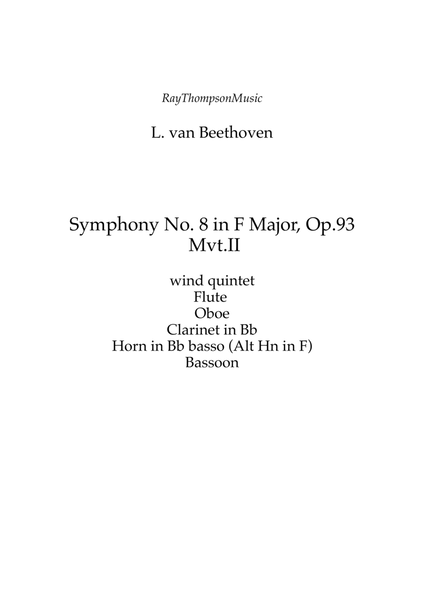
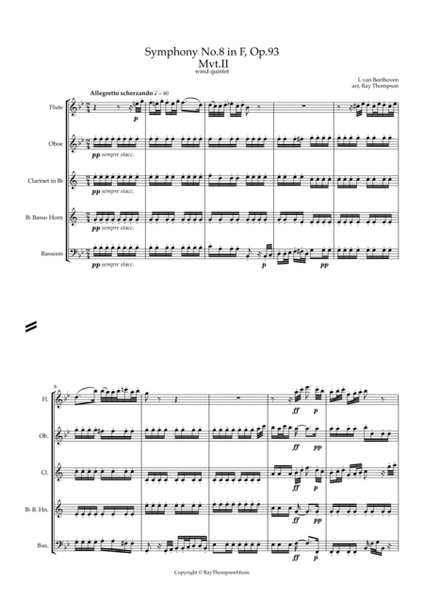
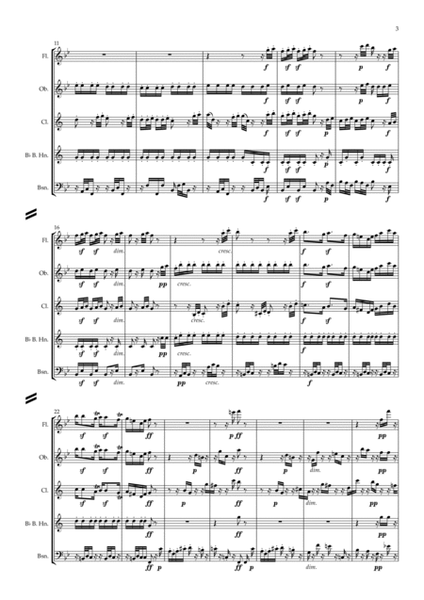
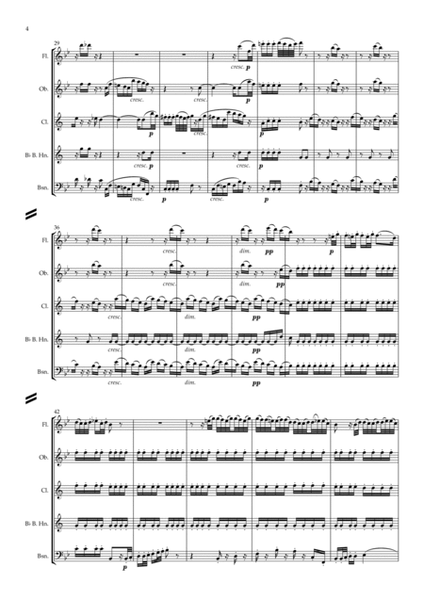
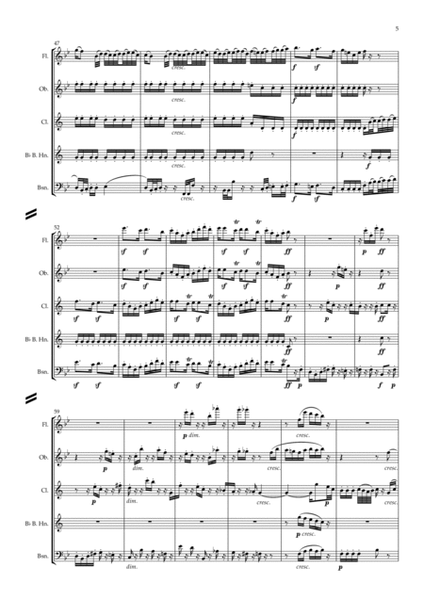
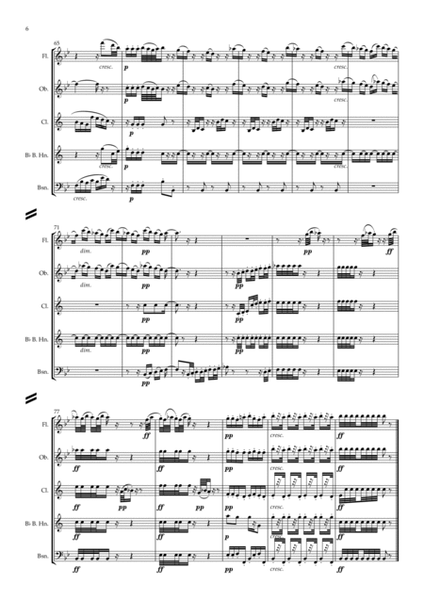
 Share
Share